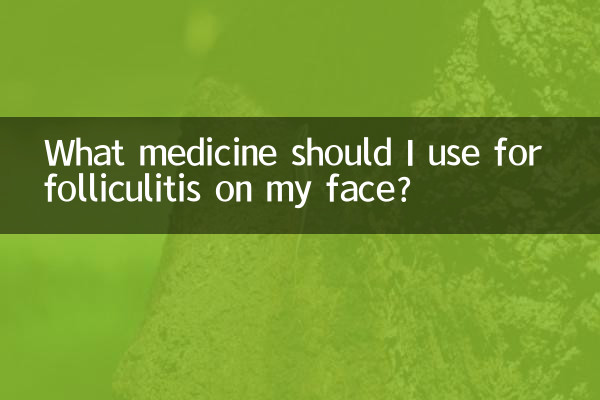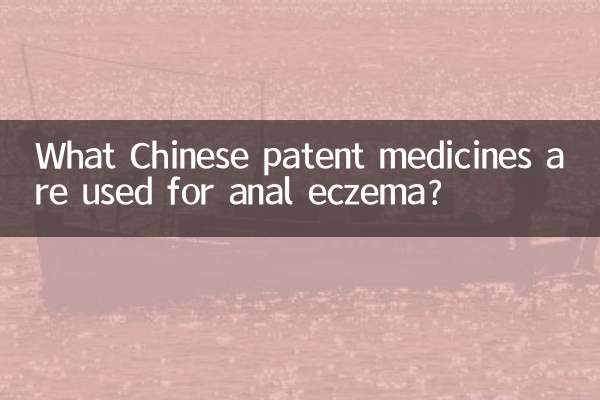What medicine should I use for folliculitis on my face?
Folliculitis is a common skin problem, especially on the face. It not only affects the appearance, but may also cause discomfort and even pain. To address this problem, choosing appropriate drugs and treatments is key. The following are the medication recommendations and related information about folliculitis on the face that have been hot topics on the Internet in the past 10 days.
1. Common symptoms of folliculitis

Folliculitis usually appears as red papules, pustules, or nodules that may be itchy or painful. Folliculitis on the face can be caused by bacterial, fungal infection, or clogged hair follicles. Here is a summary of common symptoms:
| Symptoms | Description |
|---|---|
| red papules | Small red bumps appear on the surface of the skin, which may be slightly painful |
| Pustules | There is white or yellow pus at the top of the papule |
| itching | The affected area may feel itchy, and scratching may aggravate the infection. |
| Nodules | Deep inflammation that forms induration and may leave scars |
2. Common causes of folliculitis on the face
Understanding the causes of folliculitis can help you prescribe the right treatment. The following is an analysis of common causes:
| Cause | Description |
|---|---|
| bacterial infection | Staphylococcus aureus is the most common pathogenic bacteria |
| fungal infection | Fungi such as Malassezia may also cause folliculitis |
| clogged hair follicles | Excessive oil secretion or cosmetic residue causing clogged hair follicles |
| low immunity | You are more susceptible to infection when your immunity is weakened |
3. Commonly used drugs for folliculitis on the face
Different medications are available depending on the cause and severity of symptoms. The following are common drug treatment options:
| drug type | Drug name | Applicable symptoms | How to use |
|---|---|---|---|
| antibiotic ointment | Mupirocin ointment (Bidauban) | bacterial folliculitis | Apply 2-3 times daily |
| antifungal ointment | ketoconazole cream | fungal folliculitis | Apply 1-2 times daily |
| anti-inflammatories | hydrocortisone ointment | Mild inflammation and itching | Apply 1-2 times daily |
| oral antibiotics | doxycycline | severe bacterial infection | Take as directed by your doctor |
4. Daily care and preventive measures
In addition to medication, daily care is also very important. The following are recommendations for prevention and care:
| Nursing measures | Specific methods |
|---|---|
| clean skin | Cleanse your face every day with a gentle cleanser |
| avoid squeezing | Do not squeeze the pustules with your hands to avoid worsening the infection |
| Reduce cosmetic use | Avoid using greasy or heavy makeup |
| Enhance immunity | Balanced diet, adequate sleep, moderate exercise |
5. When do you need medical treatment?
If the following situations occur, it is recommended to seek medical treatment promptly:
| Symptoms | Description |
|---|---|
| worsening of symptoms | increased redness, pain, or pus |
| recurring attacks | Folliculitis recurs frequently and is difficult to heal on its own |
| accompanied by fever | Systemic symptoms such as fever and fatigue |
Summary
Although folliculitis on the face is common, it can be effectively alleviated and prevented with the correct medication and care. Mild folliculitis can be treated with topical antibiotics or antifungal ointments. In severe cases, oral antibiotics or medical treatment may be required. Daily attention to skin cleansing and immunity improvement can help reduce the occurrence of folliculitis.

check the details

check the details